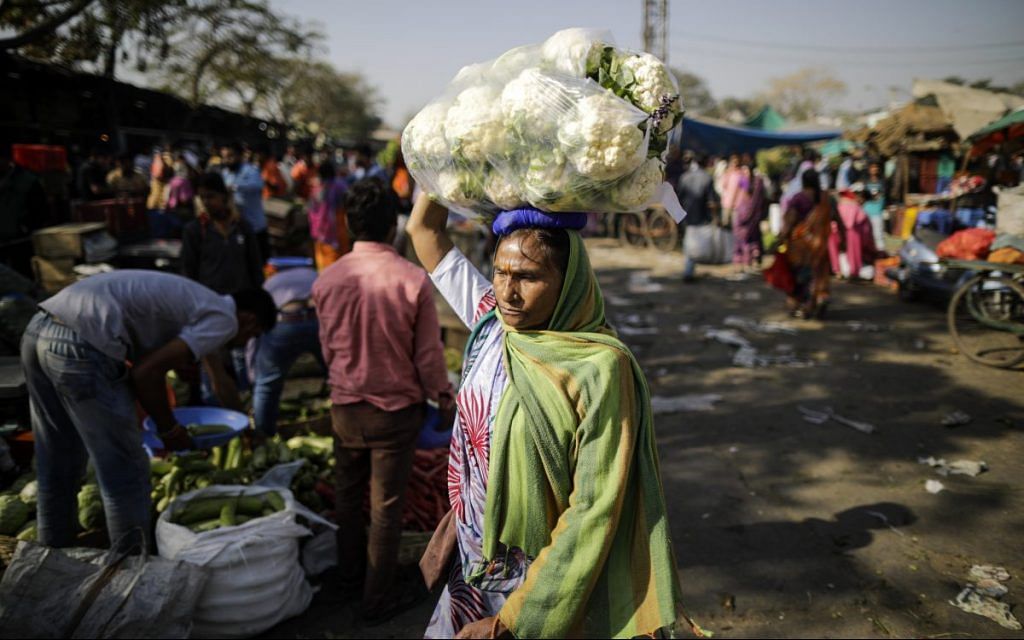GDP per capita of $1,940 shows the average Indian is less prosperous than those in some of our neighbouring countries.
New Delhi: India is now the sixth largest economy in the world with a Gross Domestic Product (GDP) of $2.597 trillion, according to World Bank data for 2017, updated this week. It has surpassed, among other countries, France which has a GDP of $ 2.582 trillion.
The data points to a rapidly growing economy, but a deeper look at the numbers tells a different story — of the overall growth not percolating down to those in the lower rungs of the economic chain.
Although India has beaten France in the overall GDP list, when it comes to GDP per capita — the measure that indicates the standard of living — the country comes nowhere close to the European giant. France has a GDP per capita of $38,476, while India’s is at $1,940.
India’s GDP per capita is also nowhere near the top five countries in the overall GDP list — the US has a per capita of $59,531, the figure for China is $8,826, for Japan it’s $38,428, for Germany it’s $44,469 and for the UK it is $39,720.
India’s GDP per capita is even lower than its Asian neighbours — Sri Lanka has a GDP per capita of $4,065, the Maldives has $10,536, while Bhutan has a GDP per capita of $3,110.
The population argument
Critics will argue that India, with its population of 1.3 billion people, the second highest in the world, can’t be compared with a France, US or even Sri Lanka, which have populations of 0.064, 0.32 and 0.021 billion respectively.
But even then, India’s per capita income is four times less than that of China, the most populous country in the world.
Also, when looking at the population, two important aspects need to be taken into account — the growth rate of the population and the socio-economic conditions of the population.
Developed countries such as France, Germany, UK have all brought their population growth to under 1 per cent, while India’s population growth rate is 1.1 per cent. This may not look too bad in comparison, but it is tellingly poor when compared to our Asian neighbours.
Bangladesh, for instance, has a per capita income of $1,517 and GDP of $249.7 billion. It has, however, brought down its population growth rate from 2.23 per cent in the 1990s to 1.04 per cent today. Whereas, compared to a population growth rate of 1.98 per cent in the 1990s, India’s growth rate has dropped to 1.10 per cent.
India also performs poorly on the Human Development Index (HDI), a metric developed by the United Nations that is considered the standard measure of quality of life across the world. While India is ranked 131 on the HDI index, neighbours such as Sri Lanka and Maldives rank 73 and 105 respectively.
Sri Lanka also boasts of a population growth of just 0.35 per cent.
All of this implies that while the Indian economy is growing, resources and benefits are not being distributed equally.
Pakistan seems to be lost today in this shift with an economy of $304.9 billion, but a huge growth rate of 1.91 per cent and HDI rank of 147.
